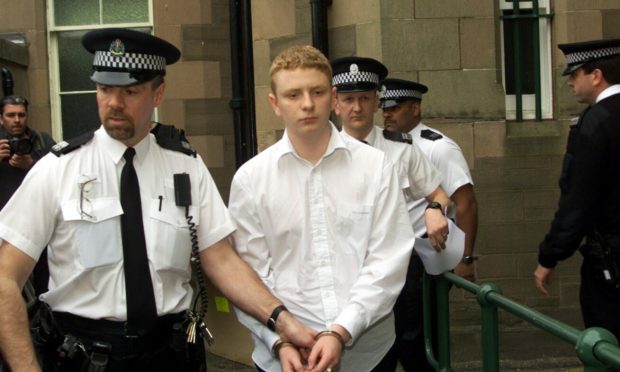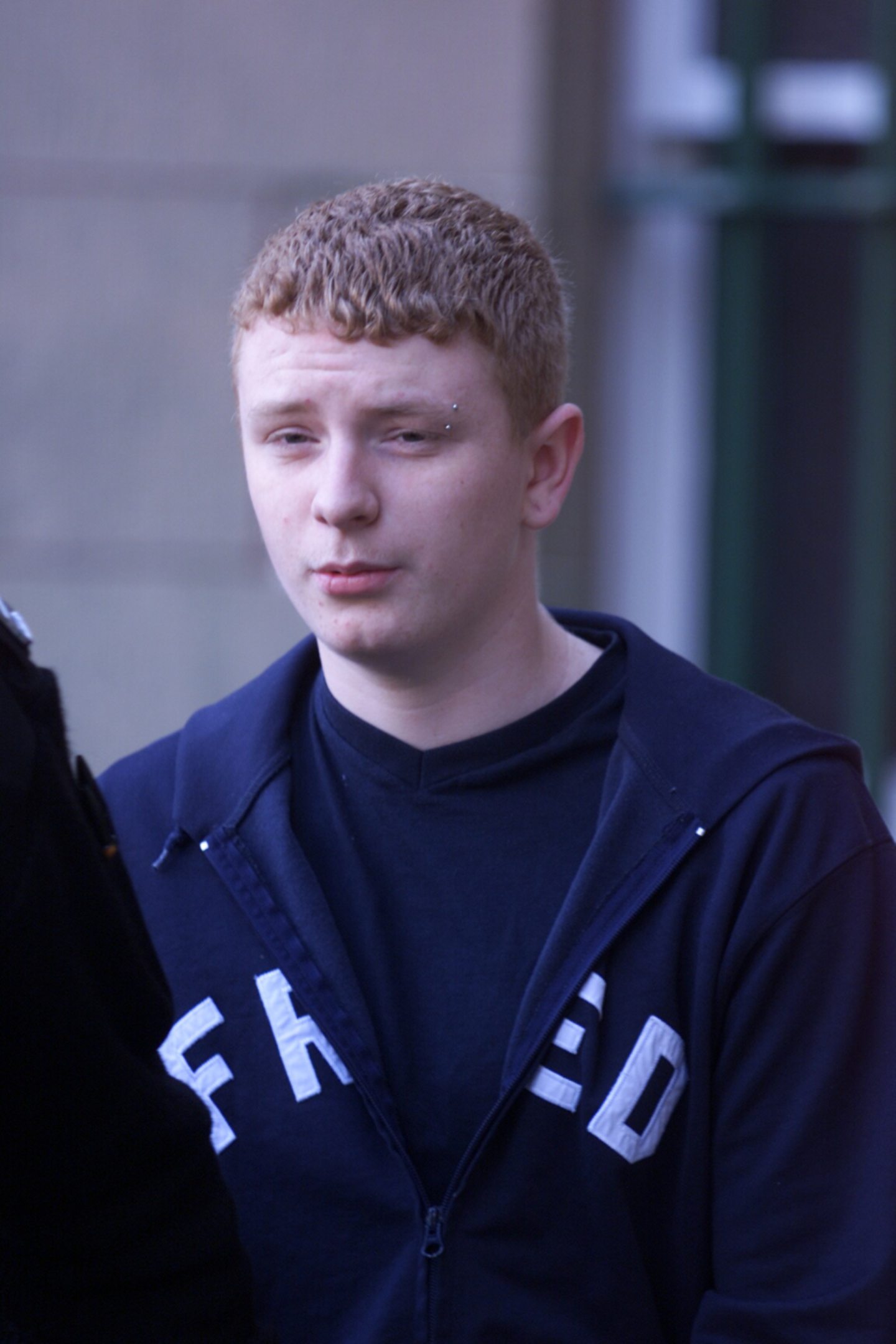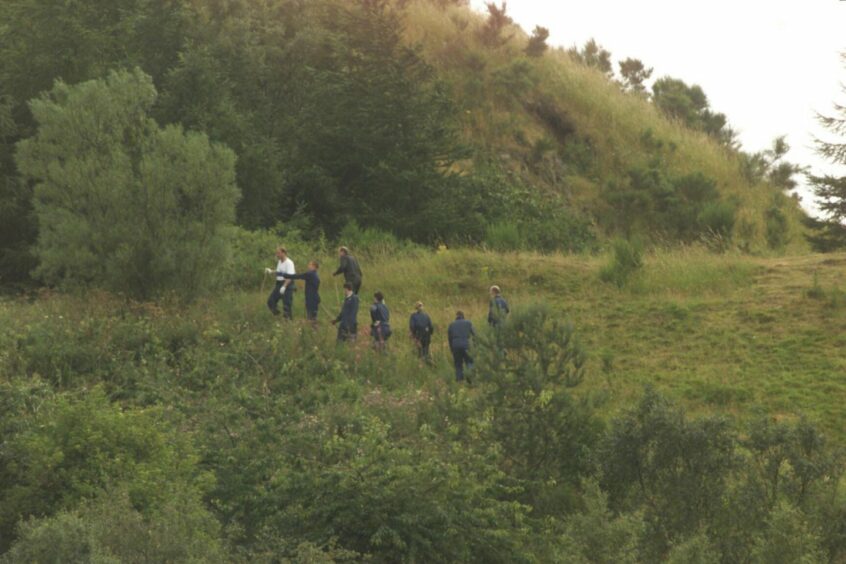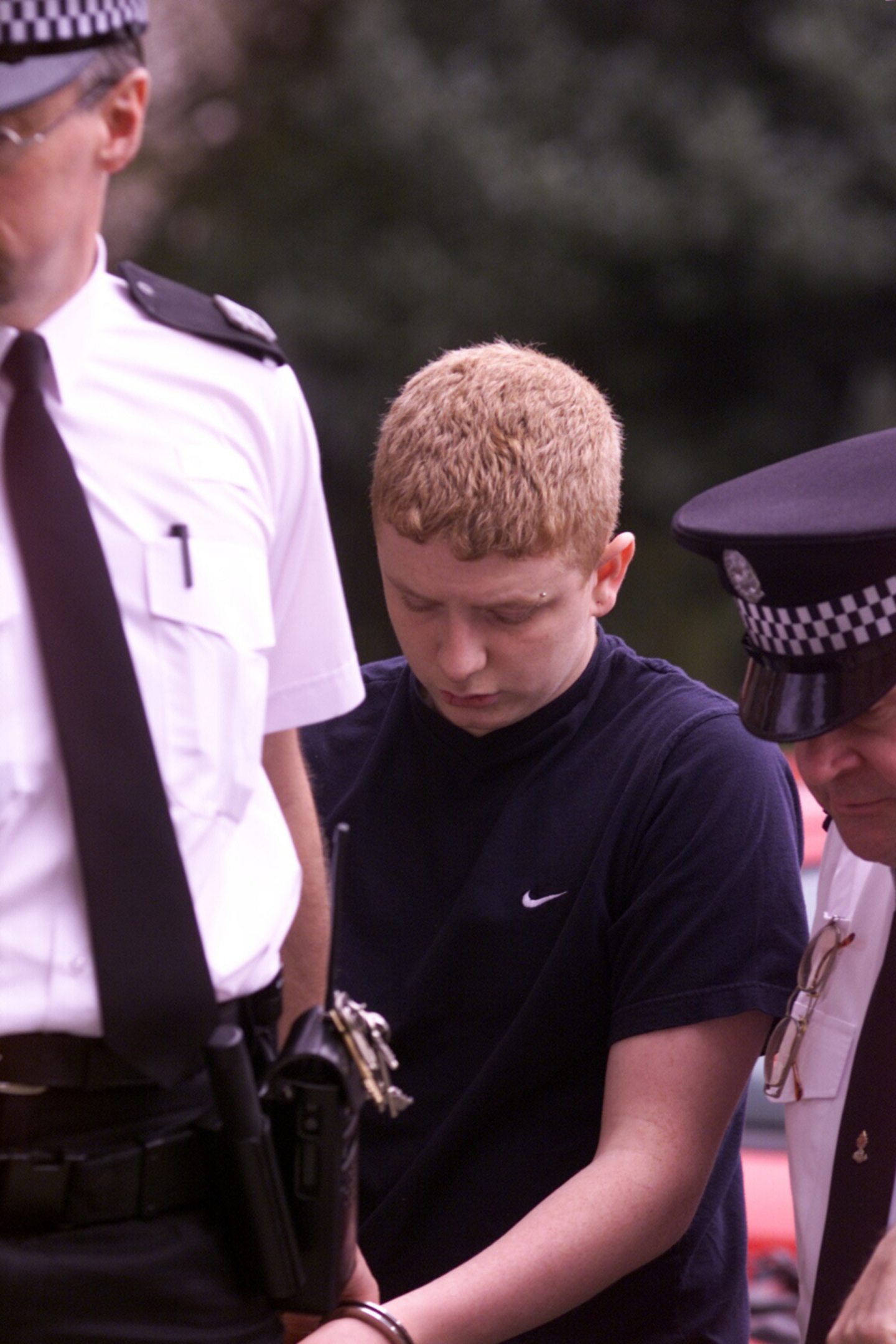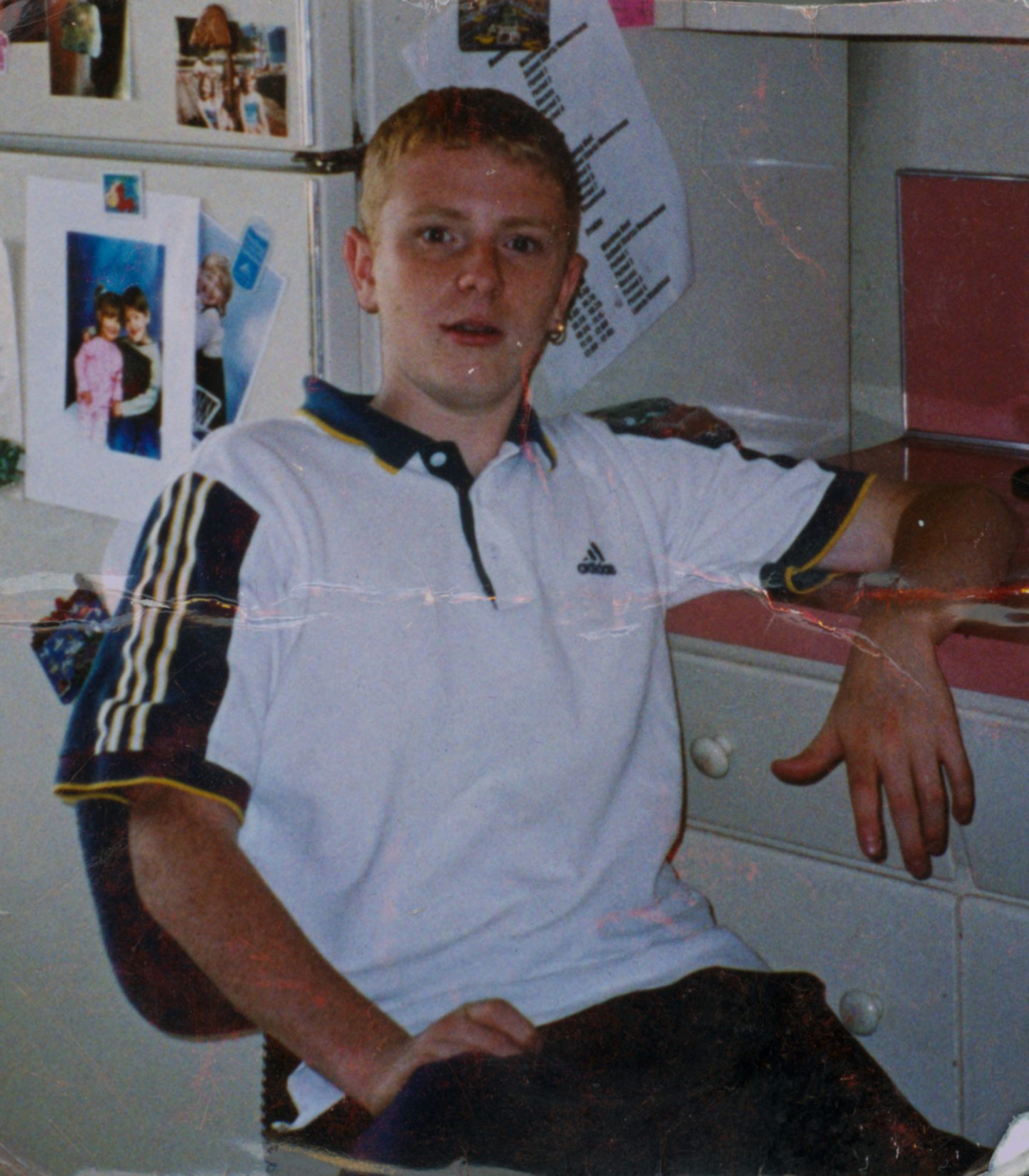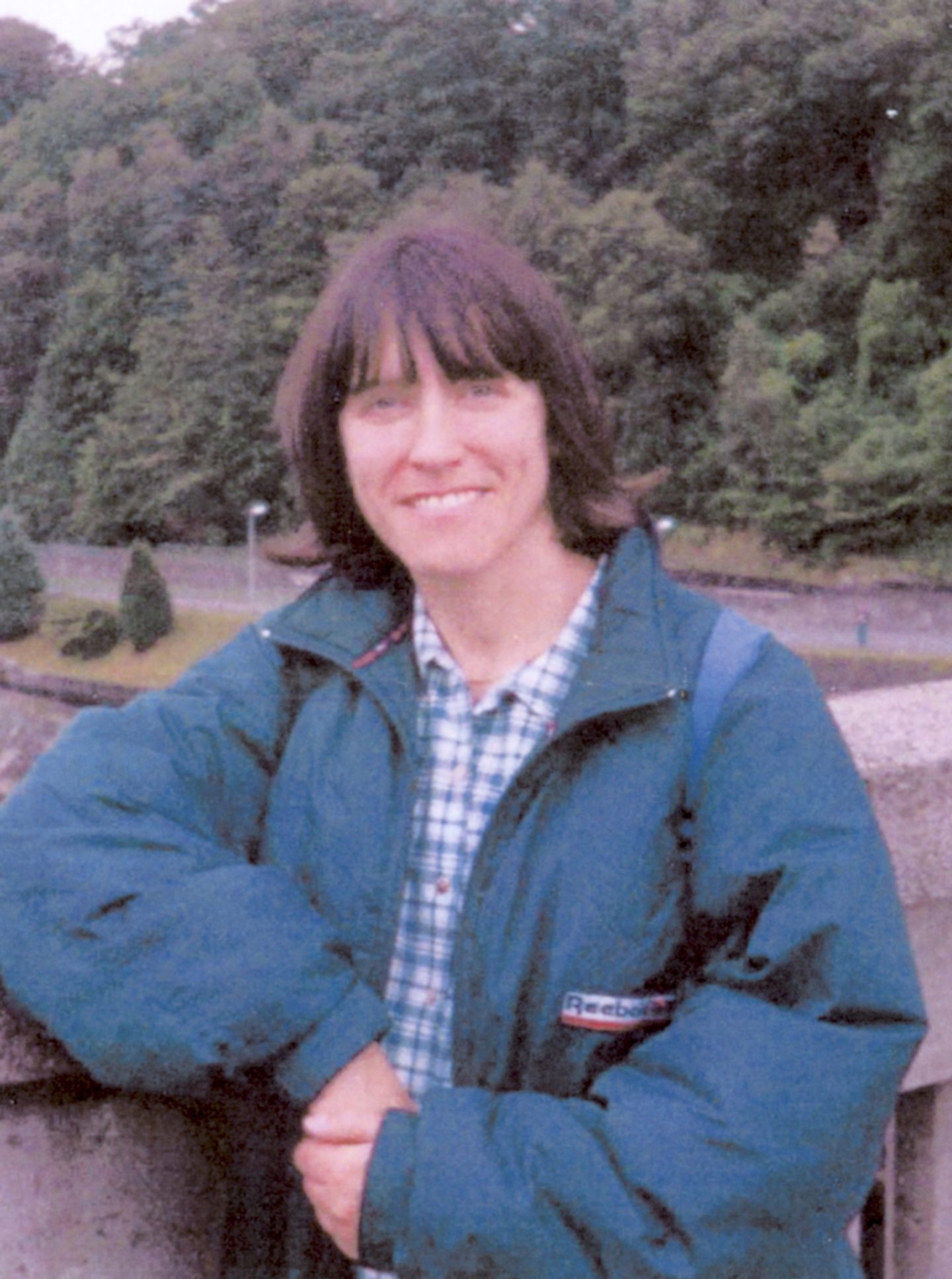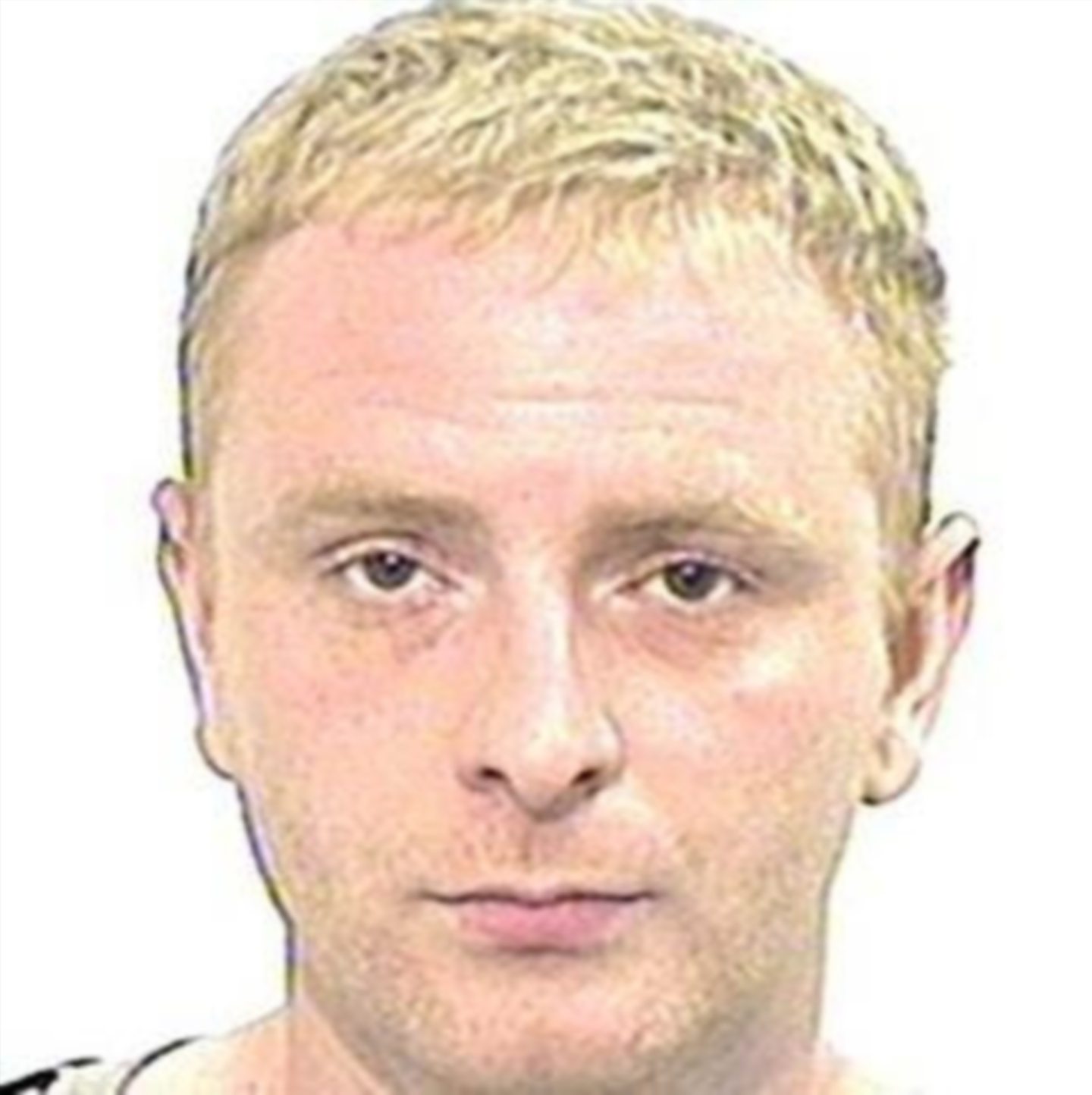Some crimes resonate more than others and the brutal murder of Anne Nicoll on Dundee Law has remained at the forefront of public consciousness.
Fresh-faced Robbie McIntosh was found guilty of the 34-year-old’s murder following an 11-day trial at the High Court in Forfar in April 2002.
The trial was an experience that some will never forget.
McIntosh was 15 when he walked up Dundee Law, stabbed Anne 29 times on a footpath, stamped on her face, and snuck off through the undergrowth.
One of the early blows severed her voice box, meaning she could not cry for help.
McIntosh went home and took a shower that was so hot his friends commented on his “blotchy'” appearance immediately afterwards when he arrived at the playpark overlooking the murder scene to watch the results of his actions.
McIntosh was caught after telling staff at Mario’s Blue Grotto chip shop there had been a murder on the Law before the emergency services had arrived.
Then the forensic case began to come together, crucially, with the discovery of Anne’s blood on a rolled-up sock belonging to McIntosh.
It was to be an adult trial.
McIntosh denied the charge and lodged a special defence of incrimination against a 16-year-old friend.
He stood in the dock yawning and looking bored and one could have been forgiven for thinking he was in front of a sheriff to face a speeding fine.
I never killed her, I never seen her, I never touched her.”
McIntosh during questioning by police
McIntosh was part of a gang who populated the wooded slopes of the Law and thought nothing of carrying knives and taking drugs.
For many Dundonians the revelation that the beauty spot was an unsafe area populated by mindless teenagers was a shock.
But equally dismaying during the trial was the exposure of the private lives of some of the city’s youth.
Carrying a blade was common practice for protection.
On a sweep of the Law the police search teams found more than half a dozen, allegedly secreted so they would be there if needed and teenagers would not be found carrying if they were stopped by police.
Some of the members of the set were pre-teens.
One 11-year-old confessed he had only gone home at 10.35pm in order to deliver his wee brother safely. The brother was four years old.
McIntosh told police a pack of lies
McIntosh did not give evidence during the trial but his version of events was read out in court by Sergeant James Graham, who interviewed him after he was detained.
He admitted being in the area of Dundee Law where Anne’s body was found.
Sergeant Graham asked McIntosh why, if he had nothing to hide, he had kept changing his account of his precise movements on the hill.
McIntosh said the reason he had repeatedly lied to police about his movements was that he was trying to hide the fact he had been smoking cannabis.
After being encouraged by his social worker mother Heather, who was present during the questioning of the then 15-year-old, McIntosh told the officers: “Okay, okay, okay, I’ve got nothing to do with that murder.
“I was up there having a smoke, but not fags: dope.
“I built a joint in the toilets and was just smoking it.
“I didn’t have any contact with Anne at all after the first time I seen her. I never killed her, I never seen her, I never touched her.”
But he accepted he was probably the last person to see her alive.
Police challenged McIntosh’s version of events that he repeated “rumours” about the stabbing of Anne barely minutes after an ambulance had arrived at the scene.
He told police he had seen the ambulance arrive at Dundee Law but was told logic suggested he could not have seen it since it arrived at Kinpurnie Place at 7.51pm, and he was caught on video at a shop some distance away at 7.53pm.
He insisted he had seen the ambulance arrive and had seen paramedics, but when asked if he had spoken to a girl assistant in the chip shop, he said: “I remember, but I know what you are wanting me to say as well. About how was I meant to ken all this before it happened.
“I said it was meant to have been a murder up the Law and I told her a couple of rumours. I said other stuff as well.
“I said it was meant to be a murder and she was meant to have got stabbed, and strangled and battered. There was a load of rumours.”
Asked where he had got the rumours from, he replied when other people started saying them.
A juror sobbed quietly at the verdict
Pathologist Professor Derrick Pounder told the court the cause of death was multiple stab wounds and Anne showed no signs of having been able to defend herself.
Professor Pounder was asked, if, at the time her attacker left, there would have been any chance of Anne’s survival even if immediate medical assistance had been given.
He said: “No. She was dead.”
The murder weapon, he said, would have been similar to a typical boning knife.
It was never found.
The guilty verdict came quickly – after four hours and four minutes.
McIntosh, flanked by security officers, appeared totally unmoved and continued to stare at the jury throughout the delivery of the verdict
A juror sobbed quietly after the verdict was returned and defence counsel Peter Gray QC said in light of the verdict there was nothing he wanted to say, but asked Lord Bonomy to have regard to the accused’s age and lack of previous convictions.
Lord Bonomy said nothing he could see in the surrounding circumstances could be considered mitigation so that, in spite of his youth, he ordered McIntosh to be detained in custody without limit of time, with a recommendation he serve a minimum of 15 years.
Previously, it was unlikely McIntosh ever saw the dawn unless he was stumbling home after a night out with his pals.
In future, he would see daybreak from his secure juvenile accommodation near Montrose, no longer afforded his usual lie-in until 11am.
McIntosh was transferred to the young offender’s institute at Polmont in Falkirk aged 18, where inmates were roused between 6am and 7am.
Breakfast involved healthy eating options, as opposed to McIntosh’s customary sliced sausage on a roll at some vague time of the morning.
He was required to take part in a cognitive skills programme at the YOI that was designed to make him think about his actions and the effects they have on others.
McIntosh later moved to HMP Greenock, aged 21, to serve out the rest of his sentence, before his first period of temporary release was approved by Scottish ministers in 2015.
McIntosh was transferred to the open estate at Castle Huntly in 2016 and completed a number of short periods of home leave.
McIntosh struck again in 2017
On the 16th anniversary of Anne’s murder he was granted another period of home leave at his mother’s house in Bridgefoot.
But McIntosh struck again on August 7 2017 at Templeton Woods where he attacked dog walker Linda McDonald with a dumbbell.
She sustained multiple injuries including two skull fractures.
McIntosh then grabbed hold of her ankles as she lay on the ground and dragged her off the path and into a wooded area.
Linda’s next recollection was her rescuers, fellow dog-walkers Charles and Peter Connor, leaning over her.
McIntosh had fled but was quickly caught by police in his mother’s house, which was nearby.
McIntosh pled guilty to the attempted murder and could give no reason why he carried out the assault, in broad daylight, on a defenceless woman.
He was given a lifelong restriction order when he appeared at the High Court in Edinburgh, meaning he could spend the rest of his life behind bars.
More like this:
Angus murder victim Jolanta Bledaite’s life was cut short in a ‘truly monstrous and evil crime’
Who killed gentle Buchan postmistress in Black Panther-style robbery 40 years ago?
